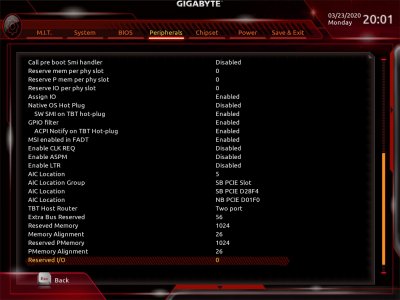@CaseySJ
- I am using the breadboard, 47uF capacitor and resistors from my Arduino Kit. The long leg of the capacitor is connected to the + and the short to the -. I did not have a 2K Ohm resistor so I serial connected two 1K Ohm resistors to get the 2K Ohm.
- The plug from the power supply was physically unplugged. I unplugged other cables from the motherboard as you advised in another reply in this tread.
- The SOIC clip is well attached, I then booted the RPi, the leds turn on and are red. They do not blink.
- I tried disconnecting pin 3 for a couple of seconds as you described, and then re-connect it.
Up to now I have not managed to read the chip even once.
Do you think a 100uF capacitor could work? I would have to order some to try.




